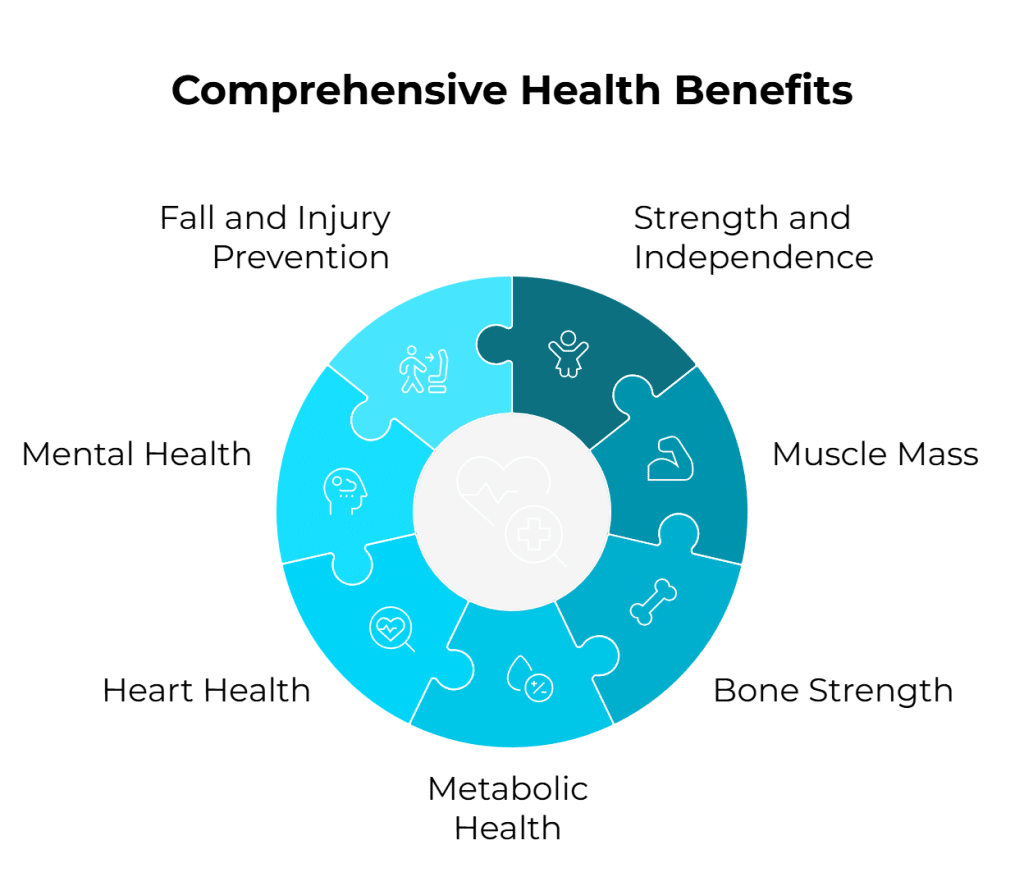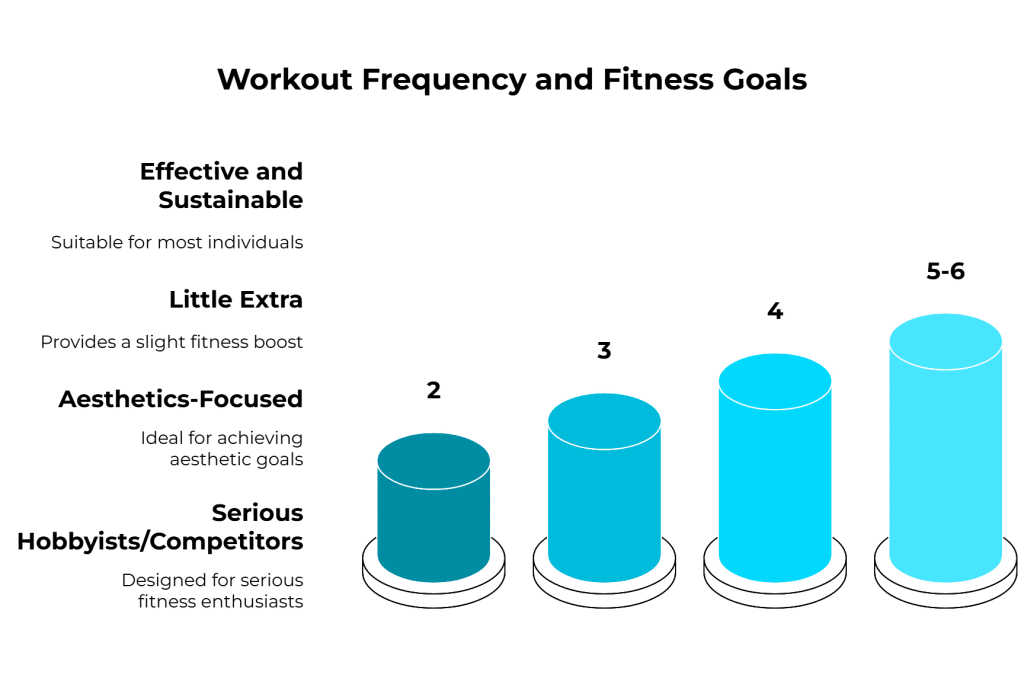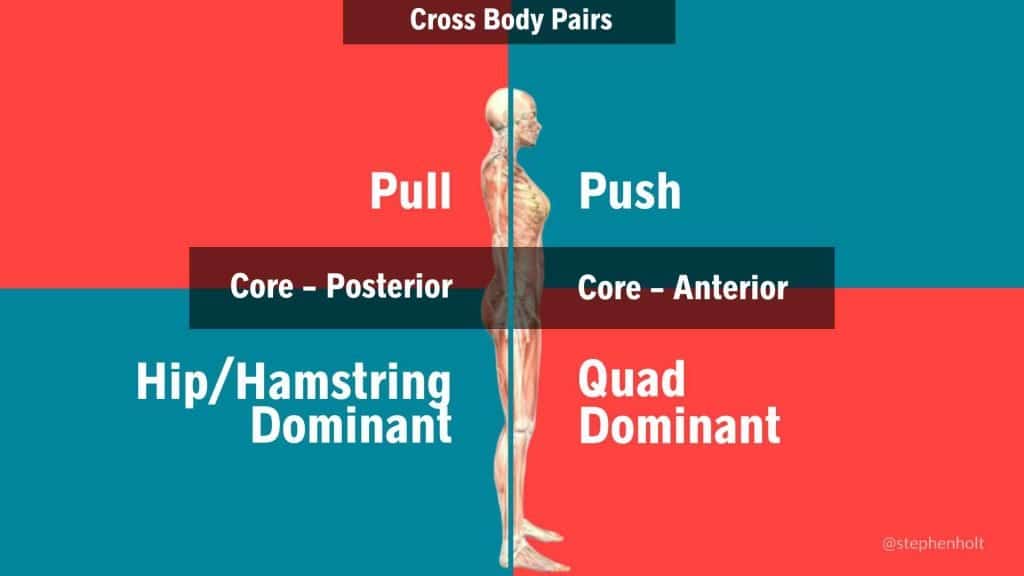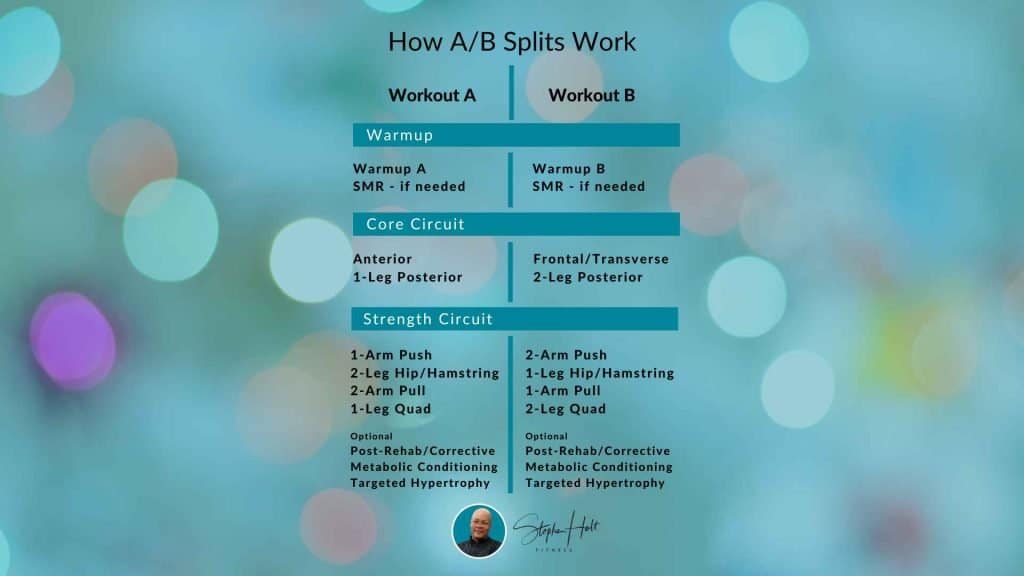How Often Should You Lift Weights?
In case you missed it last week, Prevention magazine published an article about strength training that I contributed to.
[The article, This Is How Often You Should Lift Weights to Reach Your Health Goals, was also snydicated to aol.com and yahoo.com]
Like most media outlets (what we used to call “magazines” once upon a time), they printed a tiny portion of what we talked about.
So… how often should you lift weights?
Although competitive athletes lift every day, the average person probably shouldn’t. Muscles get stronger—and you get results—only during recovery.
Most people will see the most benefit if they take at least one day off between sessions to maximize recovery.
Why Recovery Is Where the Magic Happens
The temptation to do more is real.
But more isn’t always better—especially if you’re no longer in your 20s and have joints that speak up when pushed too far.
Strength gains happen between workouts, not during them. If you’re sore, tired, or dreading the next session, you’re likely under-recovering.
What’s the Ideal Weight Lifting Schedule?
“Ideal” depends on your goals.
Most bodybuilders lift six days a week. The CDC and the American College of Sports Medicine—about as close as we get to a regulatory body—recommend strength training twice per week as a minimum.
For general strength and muscle maintenance, two sessions a week is solid.
Add a third for a noticeable edge in hypertrophy and strength… but don’t expect double the results.
Real Benefits of Lifting Weights After 50
Let’s clear up a common myth: weight training isn’t just about looking toned. Here’s what it actually does for you:
- Increases strength and independence
- Builds muscle mass (which naturally declines with age)
- Strengthens bones
- Improves metabolic health
- Boosts heart health (yes, really)
- Supports mental health
- Reduces risk of falls and injury

How to Customize Your Weekly Strength Plan
Your best lifting schedule isn’t in a magazine. It’s in your calendar.
Match your workouts to your lifestyle and recovery needs.
For most people:
– 2x/week is effective and sustainable
– 3x/week gives a little extra
– 4x/week works well for aesthetics-focused goals
– 5-6x/week is for serious hobbyists or competitors
The real key? Show up to each session feeling fresh, not flattened.

Split Routines vs Full-Body Workouts: What Works Best?
Here are a few sample setups I use with clients on the Trainerize app:
2–3 days/week – Full Body
Efficient and practical. Great for busy schedules.
3 days/week – Splits
– Lower Body / Upper Body / Full Body
– Legs / Push / Pull
4 days/week – Upper/Lower Split
– Lower / Upper / Lower / Upper
5 days/week – Targeted Focus
– Lower / Upper / Conditioning or Core / Lower / Upper
6 days/week – Body Part Splits
– Legs / Back & Biceps / Chest & Triceps / repeat

How to Keep Weight Training Interesting (and Effective)
Tired of the same 3×10 routine?
We use Undulating Periodization—a fancy term for cycling rep ranges:
– 13–15 reps (lighter weights)
– 10–13 reps (moderate)
– 5–9 reps (heavier)
Pair that with an A/B workout split—two completely different workouts you rotate through—and boredom doesn’t stand a chance.
Sample Workout Structure: What I Use With Clients
Here’s what a typical strength setup looks like for my clients:
Workout A
– 1-arm Push
– 2-leg Hip/Hamstring dominant
– 2-arm Pull
– 1-leg Knee dominant
Workout B
– 2-arm Push
– 1-leg Hip/Hamstring dominant
– 1-arm Pull
– 2-leg Knee dominant
Not everyone wants to track this much detail, so feel free to pick one version (A or B) and stick with it for a week or two before switching.
Or… let your personal trainer handle it for you.

What If You Just Want Someone to Handle It For You?
If you’re tired of guessing how often to lift, how to recover, and what to actually do when you get to the gym…
That’s where I come in.
We’ll customize your strength plan, set it up in the app, and make sure it fits your real life—not just a textbook.




